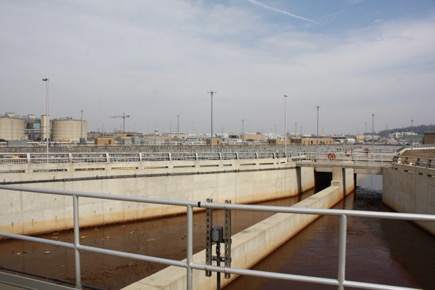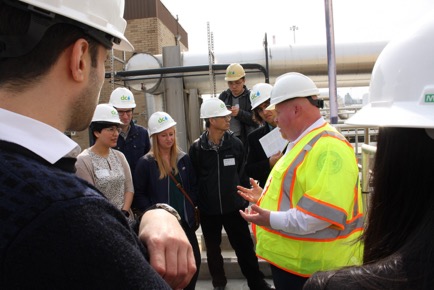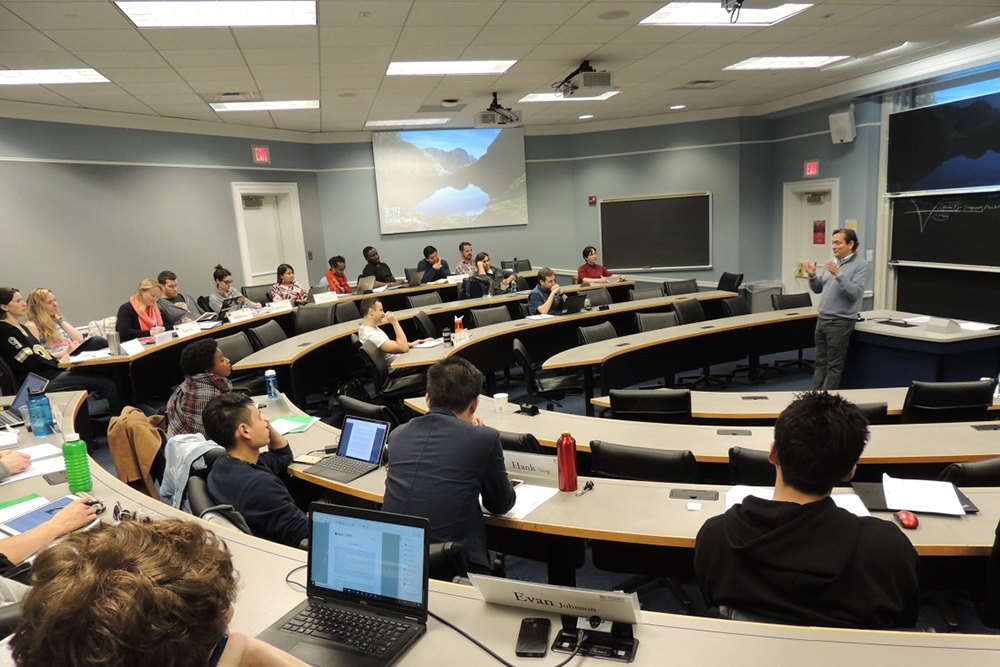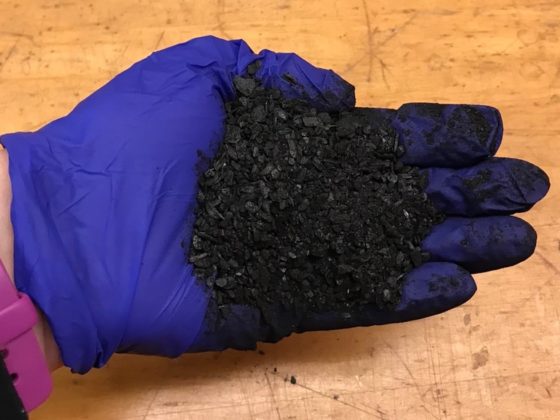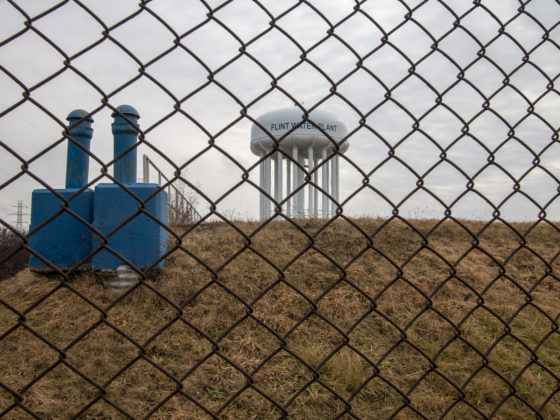George Hawkins was CEO and General Manager of the District of Columbia Water and Sewer Authority, better known as DC Water, from 2009 until a couple of months ago. DC Water is one of the most innovative water utilities and its Blue Plains plant is the largest advanced wastewater treatment plant in the United States. In a sector whose infrastructure routinely gets a D from the American Association of Civil Engineers, George Hawkins brought about transformational changes along many dimensions, turning DC Water into a utility that has been raking in multiple awards and accolades. To fight recurring storm water flooding, for example, he initiated the Clean Rivers Project, which involved building giant storm water tunnels, later to be supplemented by green infrastructure. Hawkins introduced new ways of financing expensive and long-term water infrastructure (including a 100-year bond and an environmental impact bond). With an effective communication campaign, including many town halls and rebranding the utility into “DC Water: Water is Life” he managed to price water in such a way that prices more closely cover costs and help pay for innovations and upgrades. Also, nutrients recovered from wastewater are now being sold as fertilizer. On April 10, George Hawkins talked to MBA students at Darden. We asked him a few questions.
What are the great challenges that the water sector faces?
I would highlight challenges that can be grouped in four buckets. Bucket one contains decades of underinvestment—and over time, deferred maintenance (an operating cost) becomes needed capital investment (capital costs) as the infrastructure deteriorates beyond what can be repaired. The backlog of work and associated finance need is in the hundreds of billions of dollars countrywide. The second bucket is the balkanization of the water industry. There are tens of thousands of water utilities all facing these same issues separately and independently, maximizing transaction costs and delaying standardized and cost-effective responses. The third bucket is filled with a lack of customer and stakeholder understanding of what water utilities do. If customers do not know what it takes to deliver a service they take for granted, it is very hard to get them to invest more in it. Finally, there is an inherent bias against innovation in the water sectors, because water services must work the first time and every time due to potentially adverse public health consequences of malfunctioning—an attribute that is not conducive to experimentation.
What did you learn at DC Water about how to address the challenges in the water sector?
The single biggest lesson is that a determined water utility can overcome the four challenges I just outlined. In 2009, DC WASA (how we used to be known) was one of the most disliked government agencies in Washington, DC. I was a new Chief Executive with no direct experience, viewed with suspicion by the agency due to my prior role as a regulator. Yet we were able to learn from our own personnel, develop a strategy of change that gained the support of our enterprise, rebuild relationships with our customers, develop a robust innovation strategy that does not put our customers in harm’s way, and then drive performance improvements that underpinned our successful requests for more revenue. I know that pride goeth before the fall, but DC Water is now one of the most highly regarded water utilities, arguably, in the world. That is a moonshot that ended up in the stars.
To what extent can the rest of the water sector implement what you learned at DC Water?
I believe that almost everything DC Water did and is doing is replicable to others in the water sector. Developing a customer-oriented culture is not that expensive and starts driving operational and financial dividends pretty quickly. Engaging the natural ability of water professionals to be problem solvers in an innovation program takes advantage of skills that are already at hand. Building relationships with employees, customers, and key stakeholders is absolutely possible with such an important service. In short, if DC WASA can make the change to become DC Water, any organization can do the same.
You voluntarily stepped down as CEO and General Manager of DC Water. What is in store for you now? What is the next project?
My goal is to help other water agencies attain the level of performance that I know can drive financial and operational success. I have formed Moonshot LLC to provide hard-won management advice on the practical steps that can be taken to transform a water utility into a nimble, customer-oriented, innovative powerhouse that retains key talent and attracts many new leaders to the industry. A key focus for me is helping utilities assess and adopt new technologies that do in fact offer better service at lower cost to customers, and helping technology firms understand how public water utilities function.
